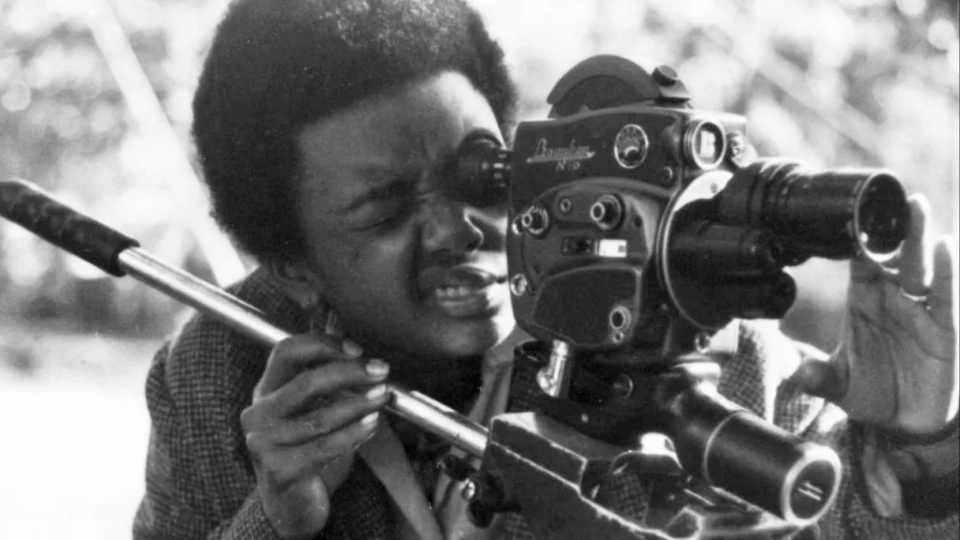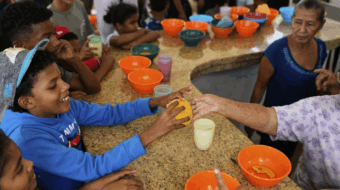
Sara Gómez, a native of Guanabaco, died suddenly from an asthma attack on June 2, 1974, but she had already made an extraordinary contribution to the seething Cuban art scene of the first decades of the Revolution.
“She was,” says Olga García Yero, “one of the most dazzling figures in Cuban culture: the first fiction and documentary filmmaker who, when she died suddenly at only 32 years of age, was already recognized as one of Cuba’s most outstanding female creators.”
Who was she?
“Sara Gómez had an exceptional culture,” says Yero, “which stemmed from her own life and the complexity of the ’50s and ’60s she lived through.
“Afro-descendant, she embodies a type of Cuban woman who, on one side of her family was connected to a mixed-race and Black petty bourgeoisie that, in Havana and other parts of the country, absorbed and created cultural values of the most varied kind.
“And on the other side, she belonged to the most humble, exploited, and discriminated strata of the country. All this allowed her to astonish people with her work.
“And her immense oeuvre emanates from this social bond, thanks to which she had, like very few other national artists, a direct experience of the complexity of social, class, educational, and labor relations in the country.
“Her petit bourgeois side allowed her to study piano at the Havana Conservatory; her strong family links led her to discover the heart of the most popular music on the island, as she masterfully demonstrates in her beautiful 1967 documentary Y tenemos sabor (And We Have Flavor).
How original was she?
“She was one of the first Latin American documentary makers to dare to cultivate a completely new sub-genre: the autobiographical documentary: Guanabacoa, crónica de mi familia (Guanabacoa: Chronicle of My Family, 1966).
“She was strongly linked by ties of friendship to the famous Seminar of Ethnology and Folklore that was taught at the National Theatre in the 1960s, and through them, she discovered anthropology and sociology, scientific bases that underpin many of her documentaries.
“So, it is surprising that Gómez’s work has been the subject of a wide range of critical studies, both in various Latin American countries and in the United States. She was a pioneer and founder of ideas, concepts, visions, and ways of making films.”
“Sara created documentaries,” says Luis Álvarez Álvarez, “that testified to the concrete facts of the vertiginous Cuban social life of those years. But she did so with a deep, thoroughly humanist perspective, which is not always present in Cuban cinema.”
In what way?
“Sara was not too interested in creating an aestheticist cinema,” he says, “she cared about being Cuban. Few of our artists, whatever genre they may have cultivated, were so interested in the simple human being of the island and, above all, in what today is theoretically called ‘the marginal subject’: Those who are not the heroes, but the background of history.

“This vision of human beings from disadvantaged backgrounds runs through all her documentaries and, of course, her only fiction film, De cierta manera (In a Certain Way).
“But it is particularly noticeable in the three documentaries she filmed between 1968 and 1969 about the then Isla de Pinos, today Isla de la Juventud, when educational projects began to be founded there for young people from dysfunctional families, young people without work and with social problems.
“There are three works unsurpassed to this day: En la otra isla, Una isla para Miguel (completed in 1968), and Isla del Tesoro (1969). She opens up an extraordinary dialogue with young people who have lost their bearings.
“You find anthropology, music, social analysis and criticism, a study of poverty, a study of the risks of juvenile delinquency, glimpses of social misunderstanding, and the needs of young people, sketches of the limits and diverse characters of social groups: All this makes this trilogy an invaluable document for getting to know the Cuba of those times and much of today’s Cuba.
“Sara remains a necessary point of reference for our present knowledge and our future hopes.”
This is an abridged version of an article that first appeared in Juventud Rebelde on October 8, 2022.
People’s World has an enormous challenge ahead of it—to raise $200,000 from readers and supporters in 2023, including $125,000 during the Fund Drive, which runs from Feb. 1 to May 1.
Please donate to help People’s World reach our $200,000 goal. We appreciate whatever you can donate: $5, $10, $25, $50, $100, or more.










